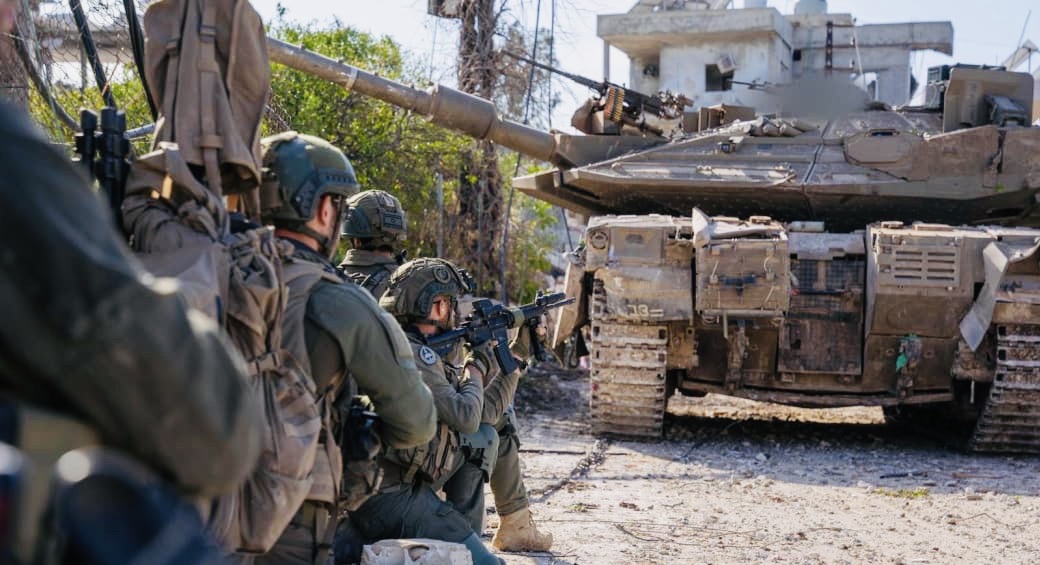As 2025 gets under way, Israel appears better off strategically than in the previous two years.
Israel was dealt a stunning blow when Hamas terrorists breached its high-tech fortified border fence along the Gaza Strip on October 7, 2023 and proceeded to kill about 1,200 civilians and soldiers, sexually abuse numerous women, and abduct 251 Israelis and foreigners.
Israel was quick to respond forcefully.
The Israeli Air Force launched an intensive bombing campaign in Gaza, igniting the fifth and most deadly cross-border Gaza war. And three weeks later, the Israeli army invaded the coastal enclave.
Hezbollah, Iran’s chief regional proxy, joined the war in a tangible gesture of solidarity with Hamas, another Iranian surrogate. Hezbollah bombarded Israeli army bases and kibbutzim in the Galilee, forcing Israel to evacuate some 60,000 Israelis near the Lebanese border.
No longer willing to tolerate Hezbollah’s brazen aggression, Israel bombed its sites throughout Lebanon and then, after months of hesitation, invaded its base in southern Lebanon.
In the meantime, pro-Iranian militias in Iraq and Houthi rebels in Yemen began attacking Israel from afar with drones and missiles. In addition, the Houthis struck and commandeered cargo ships in the Red Sea en route to the Israeli port of Eilat and the Suez Canal in Egypt.
And starting last April, Israel and its strongest foe, Iran, clashed directly for the first time in four separate rounds of fighting that ended in November.
Not since the 1948 Arab-Israeli war had Israel faced so many enemies at once in so short a period of time. It seemed as if Israel was stretched almost to its maximum capacity. It was not a good time for Israel.
Fifteen months on, Israel is swiftly recovering from the shock of October 7 and its aftermath and is reaping the fruits of victory, though the final outcome of its continuing confrontations with its enemies is far from finished.
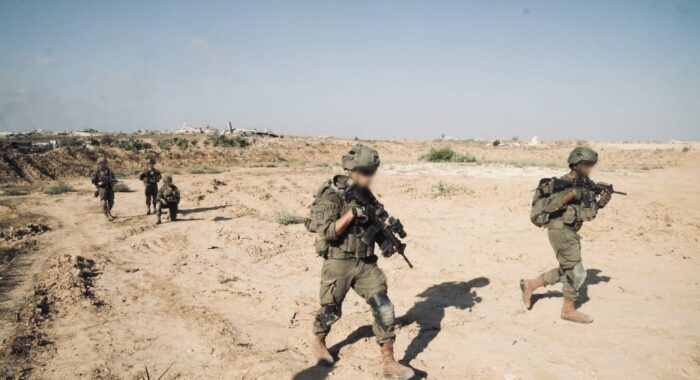
Hamas, which had 17 years to build an army, an intricate network of attack tunnels and arms manufacturing facilities, has been severely degraded by Israeli operations. Upwards of 18,000 of its fighters and commanders have been killed, and the core of its leadership from Yahya Sinwar and Ismail Haniyeh on down has been decimated. As well, most of Hamas’ rockets have been destroyed, though it is still capable of firing the odd rocket here and there.
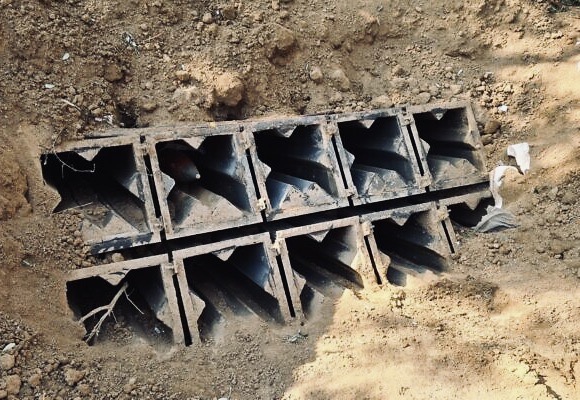
In short, Hamas and its sister organization, Islamic Jihad, are in no position to threaten Israel, whose overarching goals are to obliterate Hamas’ military capabilities and vanquish its ability to govern Gaza again.
Yet, judging by Israel’s constant clearing raids, especially in northern Gaza, Hamas has repeatedly managed to regroup and recruit new fighters. Since it may take years to finish off Hamas, Israel has every intention of remaining in parts of Gaza indefinitely. The areas Israel intends to hold are the Philadelphi corridor along the Egyptian frontier and the Netzarim corridor in central Gaza.
As for the hostages, they still remain tragically in captivity, their freedom totally dependent on whether Israel and Hamas can reach an agreement. So far, the two sides have been far apart on the key issues.
Lebanon also poses a problem for Israel.
Israel waited nearly a year to inflict stunningly punishing blows on Hezbollah, fearing that numerous Israeli civilians would be killed by Hezbollah strikes if it launched an invasion of southern Lebanon too hastily.
Starting in August and September, however, Israel unleashed a series of devastating attacks that obliterated the ranks of Hezbollah’s command structure and wiped out its leaders from Hassan Nasrallah and Fuad Shukr on down.
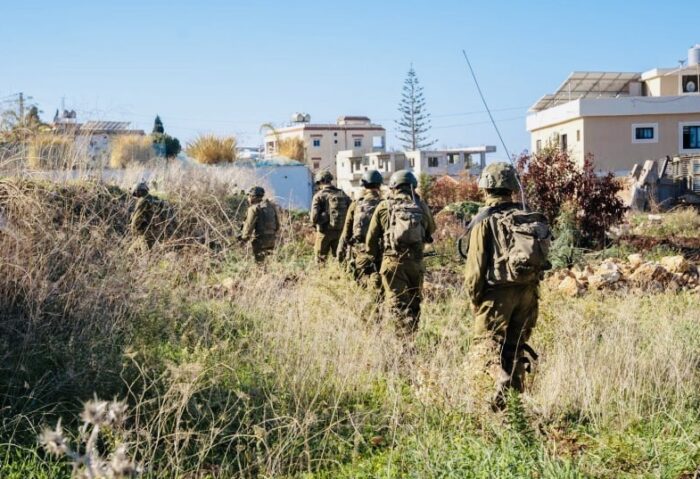
On October 1, Israel invaded southern Lebanon, focusing its fire power on towns close to the border. Israeli troops killed several thousand Hezbollah’s operatives, blew up its elaborate network of tunnels, and captured tons of its weapons and munitions. Its fighter jets struck Beirut, Tyre, Sidon and the Bekaa Valley.
In a matter of weeks, Israel basically crippled Hezbollah militarily, forcing its new leader, Naim Qassem, to accept a 60-day ceasefire brokered by the U.S diplomat Amos Hochstein. Hezbollah embraced the truce after insisting it would lay down its arms only after the war in Gaza ended. By doing so, under duress, Hezbollah effectively abandoned Hamas, leaving it more exposed to Israeli retribution.
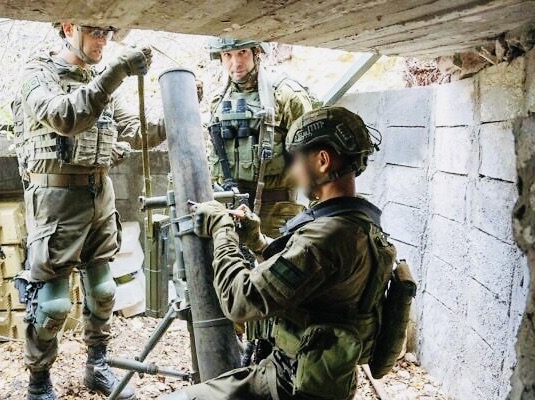
Under the terms of the ceasefire, Hezbollah must withdraw to a line north of the Litani River and Israel is obliged to pull out of Lebanese territory, in keeping with United Nations Resolution 1701, which was passed in the wake of Israel’s 2006 war with Hezbollah.
Lebanon’s army, in tandem with the United Nations peacekeeping force in Lebanon, are supposed to patrol the buffer zone between the Israeli border and the Litani. But it remains to be seen whether the truce will hold and prevent a new round of fighting.
For now, Israel has the upper hand. This is partly the case because Hezbollah has lost one of its main backers, the Syrian regime of Bashar al-Assad, which allowed Iranian weapons to flow freely through its territory to Lebanon.
Since Assad’s precipitous fall on December 8, Syrian rebels affiliated with the Islamist group Hayat Tahrir al-Sham have assumed power in Damascus, and Israel has taken concrete steps to cut off Hezbollah’s supply routes.
The sudden downfall of Assad has devastated Iran, which already had suffered a huge setback when the Israeli Air Force knocked out its Russian anti-aircraft systems and some of its missile production plants this past November.
Much to Israel’s benefit, Iran — Assad’s preeminent ally in the Middle East — has lost much of its clout and influence in Syria, and its anti-Israel Axis of Resistance has been significantly diminished. Iran, however, will try to regain its former status in Syria.
Syria, for decades, was one of Israel’s fiercest adversaries. But today, Syria and Israel may be on the cusp of a reconciliation process that could revolutionize the Middle East.
On December 27, the governor of Damascus, Maher Marwan, said that Syria does not want “to meddle in anything that will threaten Israel’s security.” By Syrian standards, this was an astonishing development. Marwan took his cue from his boss, Ahmed al-Sharaa, who said he does not seek conflict with Israel.
The timing of Marwan’s comment was interesting, coming almost three weeks after Israel’s two-day bombing campaign of strategic Syrian military assets and its seizure of Syria’s side of Mount Hermon and the United Nations demilitarized zone inside Syria.
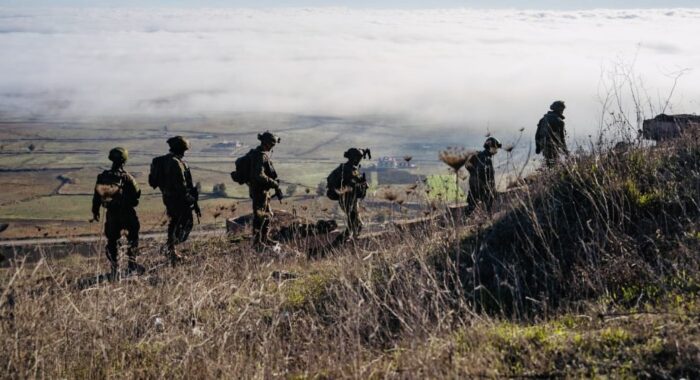
Judging by a recent report in the Lebanese newspaper Al-Akhbar, Iran’s Axis of Resistance was apparently further damaged when Shi’a militias in Iraq aligned with Iran agreed to stop attacks against Israel. Until recently, they fired missiles and drones at Israel on a fairly regular basis. This past October, two Israeli soldiers were killed and 24 others were wounded after a drone from Iraq crashed into their base on the Golan Heights.
By all accounts, the Iraqi militias acceded to a demand by the Iraqi prime minister, who reportedly came under U.S. pressure. If this report proves to be true, Israel will have one less enemy to contend with in the future.
One of Israel’s most persistent foes, the Houthis, are still firing missiles and drones at Israel despite four Israeli air raids aimed at critical infrastructure in Yemen. They say they will not cease hostilities until the war in Gaza winds down. On January 2, their supreme leader, Abdulmalik al-Houthi, said that the Houthis are in an “open war” with Israel and will intensify their attacks.
David Barnea, the director of the Mossad, Israel’s external intelligence agency, has urged Prime Minister Benjamin Netanyahu to attack Iran, the Houthis’ sponsor and weapons supplier. Benny Gantz, the former defence minister, has said that Israel must “target Iran directly.”
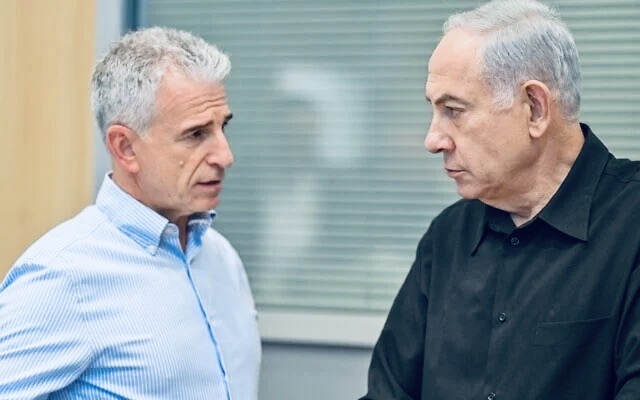
Netanyahu and Defence Minister Israel Katz prefer to strike the Houthis rather than Iran, which can unleash a regional war if pressed too insistently.
However Israel reacts to the Houthi threat, the probability is that the Houthis, one of the most fanatical members of the Axis of Resistance, will likely be a hard nut to crack.
Nonetheless, Israel is bent on significantly weakening all its enemies aided and abetted by Iran. The Houthis notwithstanding, Israel has managed to achieve much of this objective in the last few months.
